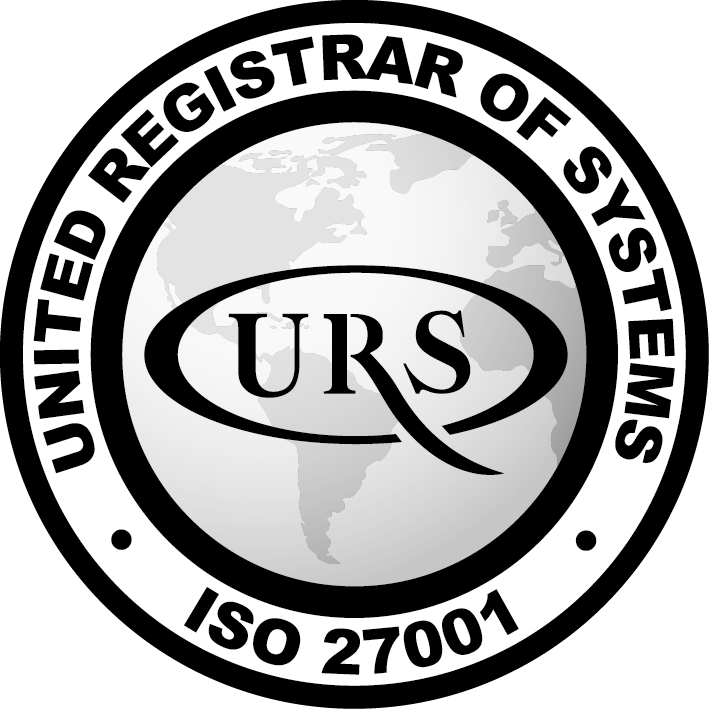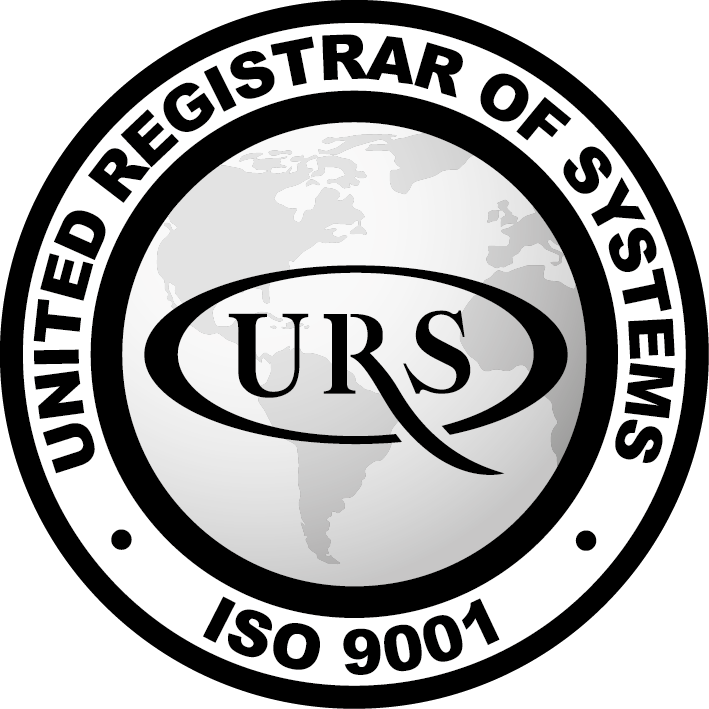How we help you succeed in the cloud
Whether you're a CTO planning your cloud strategy, a development team building next-generation applications, or an operations team managing complex infrastructure, we provide the expertise and support you need at every stage of your cloud journey.
Cloud strategy & planning
Make confident cloud decisions that align with your business goals. Our strategists work alongside your leadership and IT teams to create a clear, actionable plan - whether you're taking your first steps into the cloud, optimizing existing environments, or transforming how your entire organization operates. You'll get a customized strategy that reduces risk, controls costs, and positions your business for sustainable growth.
Digital transformation planning | Cloud adoption strategy | Cloud optimization & governance
Cloud migration services
Migration doesn't have to be risky or disruptive. Our team handles the technical complexity of moving your applications, data, and infrastructure to the cloud while your business keeps running smoothly. You'll get a detailed migration plan, hands-on execution support, and confidence that your systems will perform better in their new environment.
Cloud-to-cloud migration | On-premise to cloud migration
Cloud-native development
Build modern applications designed for scale, resilience, and agility. You'll get faster time-to-market, lower operational overhead, and applications that deliver exceptional user experiences - whether you're updating legacy systems or building something entirely new.
App modernization | Custom app development | Serverless | Edge Computing | Cloud IoT
Cloud optimization & management
Ensure peak performance, security, and cost-efficiency across your cloud estate. Your cloud environment needs ongoing attention to perform at its best. You'll get complete visibility into how your cloud is performing, proactive alerts before issues impact users, and peace of mind knowing your systems are secure, compliant, and running efficiently.
Cloud monitoring & observability | FinOps | Security & compliance
Confidence at every stage: our proven cloud approach
A battle-tested approach that transforms cloud complexity into clear outcomes: reducing risk, accelerating results, and maximizing your investment.

Phase 1:
Cloud readiness & assessment
Phase 2:
Strategy & roadmap development
Phase 3:
Migration & implementation
Phase 4:
Optimization & continuous improvement
Why cloud matters for your business
Scale on demand
Never worry about capacity again. Your infrastructure automatically adjusts to handle traffic spikes, seasonal demands, or unexpected growth. Pay only for what you use while ensuring your applications perform flawlessly under any load.
Reduce costs & complexity
Cut infrastructure costs by up to 40%. Replace over-provisioned capacity with predictable, optimized cloud spending. Gain complete visibility into where every dollar goes and automatically eliminate waste through intelligent resource management.
Accelerate innovation
Bring ideas to market faster. Spin up development environments in minutes, experiment with new technologies without capital investment, and deploy updates continuously. Your teams focus on building great products instead of managing infrastructure.
Trusted by organizations at every stage of growth
We partner with organizations of all sizes - from fast-moving scaleups, mid-market companies, to enterprises managing complex global operations. No matter where you are in your cloud journey, we bring the expertise and support you need to succeed.
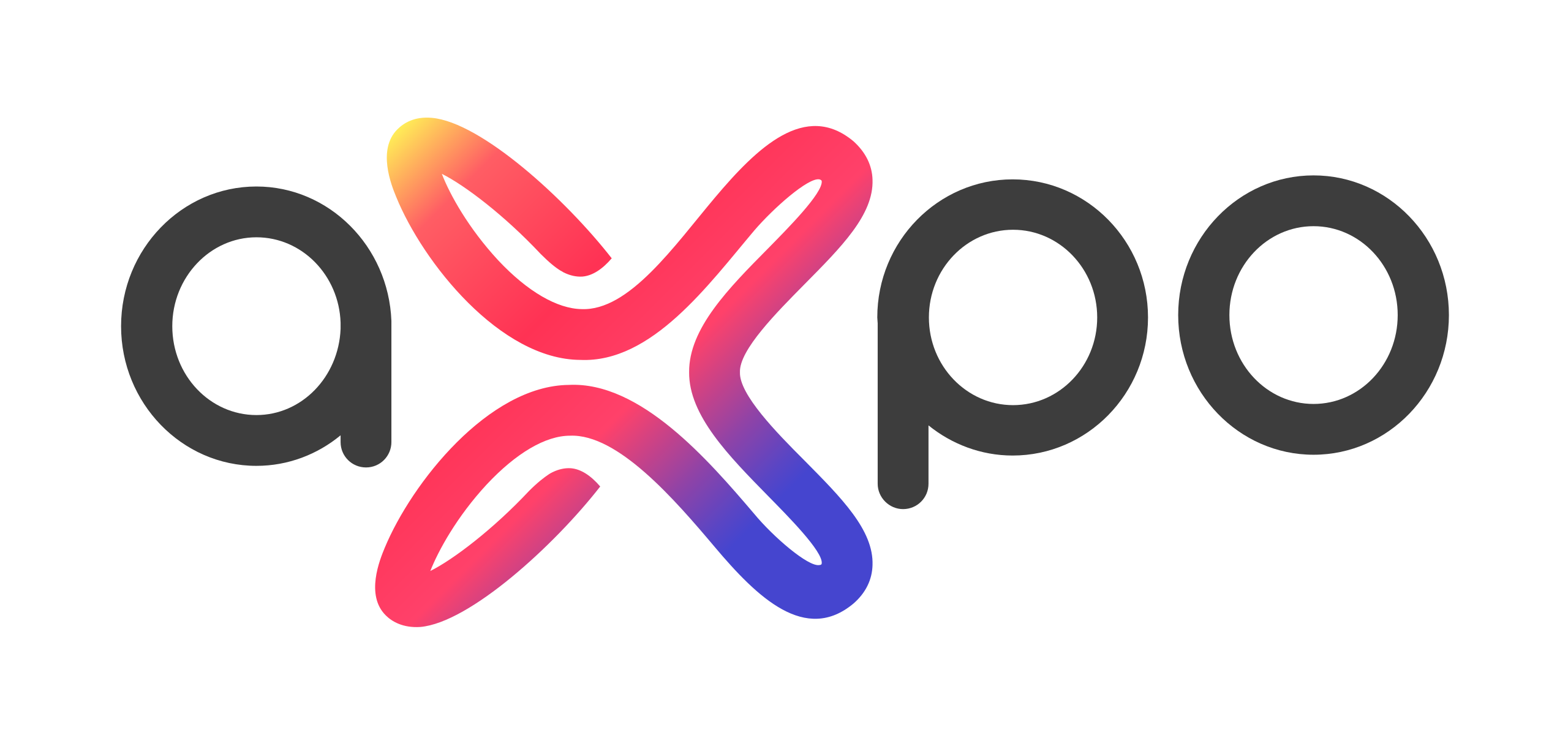
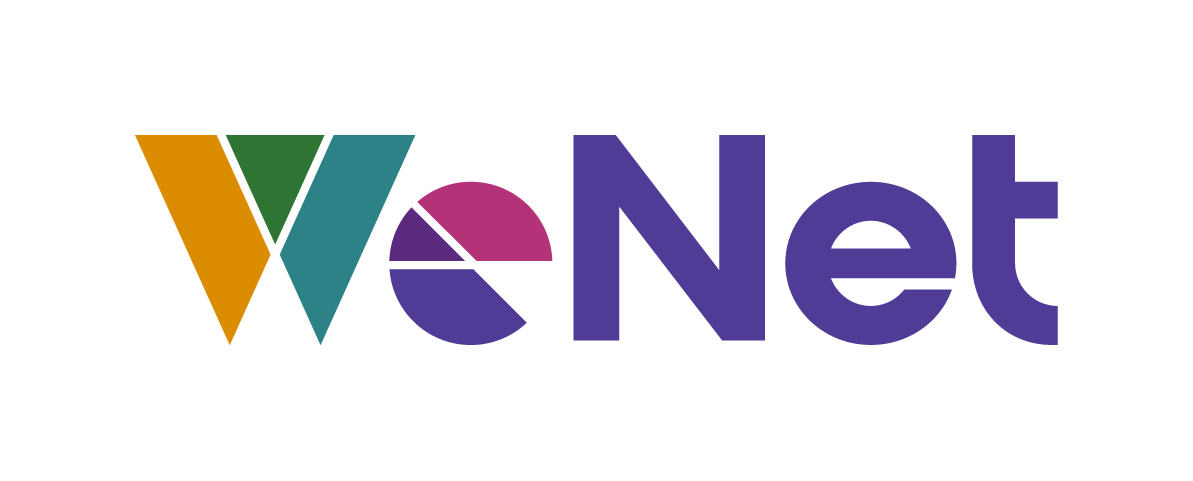


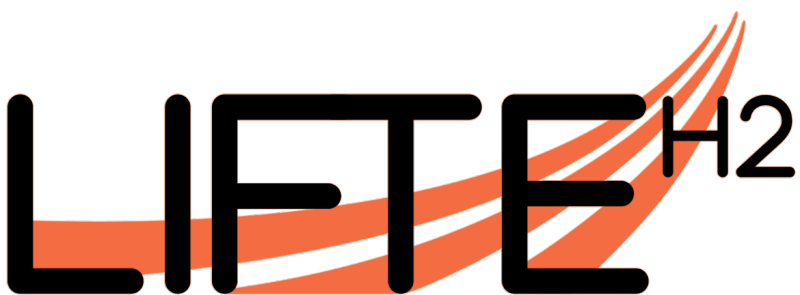
Testimonials



FAQ: Cloud consulting and services
How long does a typical cloud migration take?
Timeline varies based on your infrastructure complexity and scope. A simple migration might take 2-3 months, while enterprise-scale transformations typically span 6-18 months. During our initial assessment, we'll provide a detailed timeline specific to your situation with clear milestones and deliverables.
Will migrating to the cloud disrupt our business operations?
No. We design migrations to ensure zero downtime for critical systems. Our phased approach allows you to continue serving customers while we transition workloads in the background. We schedule any necessary maintenance windows during off-peak hours and always have rollback plans ready.
How much can we realistically save by moving to the cloud?
Most organizations reduce infrastructure costs by 20-40% within the first year through eliminating hardware maintenance, optimizing resource usage, and paying only for what they use. Beyond direct savings, you'll gain faster deployment times, improved scalability, and reduced need for capital expenditure on IT infrastructure.
Which cloud platform is right for us - AWS, Azure, Oracle, or Google Cloud?
It depends on your specific needs, existing technology stack, and business requirements. We're platform-agnostic and help you evaluate options based on factors like cost, features, compliance needs, and integration with your current systems. Many organizations benefit from a multi-cloud strategy.
What happens to our data security and compliance in the cloud?
Cloud platforms often provide better security than on-premise solutions, with enterprise-grade encryption, threat detection, and compliance certifications (SOC 2, HIPAA, GDPR, etc.). We design architectures that meet your specific compliance requirements and implement security best practices from day one.
Do we need to hire cloud specialists, or can our existing team manage it?
We train your existing team as part of every engagement, so they can confidently manage day-to-day operations. For specialized tasks or 24/7 support, we offer managed services. Most clients use a hybrid approach - handling routine operations internally while leveraging our expertise for complex optimization and strategy.
What if we're already in the cloud but not seeing the expected benefits?
This is common. Many organizations migrate to the cloud without optimizing their architecture or operations. Our cloud optimization services assess your current setup, identify inefficiencies, and implement improvements that typically reduce costs by 30-50% while improving performance.
Talk to a cloud expert within 24 hours
Semantive is committed to protecting and respecting your privacy, and we’ll only use your personal information to administer your account and to provide the products and services you requested from us. From time to time, we would like to contact you about our products and services, as well as other content that may be of interest to you. If you consent to us contacting you for this purpose, please tick below to say how you would like us to contact you:
You may unsubscribe from these communications at any time. For more information on how to unsubscribe, our privacy practices, and how we are committed to protecting and respecting your privacy, please review our Privacy Policy.
By clicking submit below, you consent to allow Semantive to store and process the personal information submitted above to provide you the content requested.
Our expert will get in touch within 24h.






.webp)








